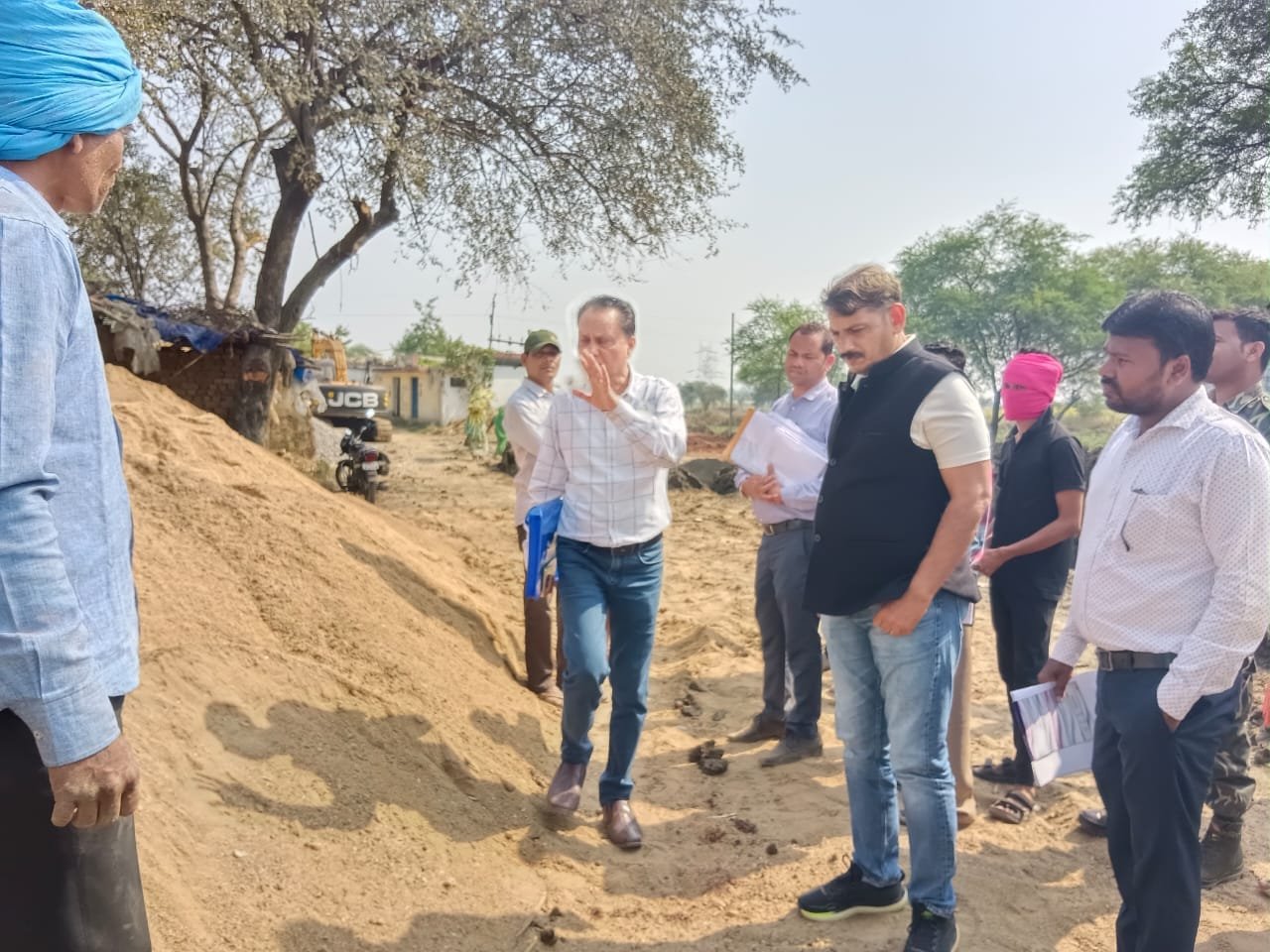Building upon the foundational understanding of How Lightweight Materials Shape Our Modern Towns, the evolution of architectural design is increasingly driven by innovations in lightweight materials. These advancements are not only enhancing the aesthetic and functional qualities of structures but are also propelling sustainability to the forefront of architectural priorities. As urban landscapes continue to grow and face environmental challenges, emerging technologies in lightweight construction are poised to redefine how we conceive, build, and interact with our environments.
- Advancements in Lightweight Material Technologies
- Sustainability as a Core Driver in Future Architectural Design
- Structural and Functional Innovations Enabled by Lightweight Materials
- Environmental and Social Impacts of Future Lightweight Architecture
- Challenges and Limitations of Advanced Lightweight Materials
- Case Studies of Future-Forward Lightweight Architectural Projects
- Bridging Past, Present, and Future
Advancements in Lightweight Material Technologies
The trajectory of lightweight materials in architecture is marked by breakthroughs in composite materials and polymers, which offer superior strength-to-weight ratios and durability. Next-generation composites, such as carbon fiber reinforced polymers (CFRP), are increasingly used in high-rise buildings and bridges, providing lighter alternatives to traditional steel and concrete without compromising structural integrity. For example, the use of CFRP wraps in seismic retrofitting has demonstrated significant improvements in building resilience.
Another transformative development is the integration of nanotechnology, which enhances the properties of lightweight materials at the molecular level. Nanomaterials like nano-silica or graphene enable the creation of ultra-lightweight, high-strength composites that can self-clean, resist corrosion, or adapt to environmental conditions. Researchers have developed nanostructured polymers that significantly improve thermal insulation, reducing energy consumption in buildings.
Digital fabrication techniques, including 3D printing, are revolutionizing construction processes by enabling the precise layering of lightweight materials into complex geometries. This approach minimizes waste, shortens construction timelines, and allows for the creation of highly customized architectural elements. Examples include 3D-printed lightweight facades and structural components that can be produced on-site, reducing transportation emissions.
Sustainability as a Core Driver in Future Architectural Design
Advanced lightweight materials are central to sustainable architecture due to their favorable life-cycle profiles. Life-cycle analysis (LCA) shows that these materials often require less raw material extraction, consume less energy during fabrication, and facilitate easier recycling at the end of their lifespan. For instance, bio-based composites made from renewable resources are emerging as eco-friendly alternatives that align with circular economy principles.
Energy efficiency is another critical benefit. Structures utilizing lightweight materials tend to have lower thermal mass, enabling buildings to respond more efficiently to climate control systems. This results in reduced energy consumption for heating and cooling, contributing to lower carbon footprints. Incorporating advanced insulation materials with nanostructured coatings can further enhance this effect, leading to net-zero energy buildings.
“The shift toward recyclable and biodegradable lightweight materials underscores a commitment to sustainable urban growth, reducing waste and conserving resources for future generations.”
Structural and Functional Innovations Enabled by Lightweight Materials
The flexibility of lightweight materials opens new horizons for architectural form and function. Adaptive and dynamic building envelopes are now feasible, allowing facades to adjust to environmental conditions—ventilating naturally, shading effectively, or even changing appearance. For example, smart glass integrated with nanomaterials can modulate transparency, reducing the need for mechanical shading devices.
Load-bearing systems are evolving with modular, lightweight components that can be assembled quickly and reconfigured as needed. Prefabricated panels made from advanced composites facilitate rapid construction and future disassembly, supporting adaptive reuse practices. Such modular systems are crucial in designing resilient infrastructure in urban settings prone to natural disasters.
Incorporating smart materials—like self-healing polymers or piezoelectric composites—further enhances building functionality. These materials can respond to environmental stimuli, repairing themselves after minor damages or generating electricity from mechanical stress, respectively. This integration of responsive materials paves the way for autonomous, maintenance-friendly structures.
Environmental and Social Impacts of Future Lightweight Architecture
The adoption of lightweight materials significantly enhances urban resilience. Structures designed with high-performance composites exhibit increased resistance to earthquakes, hurricanes, and other natural disasters, safeguarding communities. For instance, recent research demonstrates that lightweight structural systems can absorb seismic energy more effectively, reducing damage and downtime.
Material efficiency directly influences social equity by enabling affordable housing solutions. Lightweight, prefabricated components lower construction costs and shorten build times, making quality housing accessible in rapidly urbanizing areas. Innovations like modular lightweight units have been successfully deployed in social housing projects across developing nations.
Furthermore, healthier indoor environments are promoted through the use of advanced, non-toxic, and air-purifying materials. These materials contribute to better indoor air quality and occupant well-being, aligning with the broader goals of sustainable and human-centered design.
Challenges and Limitations of Advanced Lightweight Materials
Despite their promising potential, long-term durability remains a concern. Some composite materials may degrade under UV exposure, moisture, or mechanical fatigue, necessitating ongoing maintenance strategies. For example, certain polymer-based composites require protective coatings to prevent environmental degradation.
Regulatory hurdles also pose obstacles. As new materials often lack established standards and certification processes, gaining approval for widespread use can be time-consuming and costly. Ensuring safety and performance compliance is essential for market acceptance.
Economic factors influence scalability. High production costs of nanomaterials or advanced composites can limit their adoption in cost-sensitive projects. However, as manufacturing technologies mature and economies of scale are realized, prices are expected to decrease, broadening access.
Case Studies of Future-Forward Lightweight Architectural Projects
| Project | Description | Innovative Material Use |
|---|---|---|
| The Eden Project Biomes | A series of geodesic domes using lightweight ETFE foil cushions supported by steel and composite frames. | ETFE foil with nanocoatings for durability and self-cleaning |
| The Bosco Verticale | A residential tower integrating extensive green facades with lightweight structural supports. | Lightweight, high-strength composites for façade support systems |
| Urban Light Grid Infrastructure | An adaptive urban lighting system utilizing lightweight, modular components that respond to environmental cues. | Nanostructured polymers and smart materials for responsiveness and durability |
Bridging Past, Present, and Future: Reconnecting with the Parent Theme
The progression from traditional lightweight construction to cutting-edge materials exemplifies a continuous narrative of innovation. Each technological leap builds upon the foundational role that lightweight materials have played in shaping towns, from simple lightweight frameworks to complex, responsive, and sustainable structures. The future envisions a seamless integration of advanced lightweight materials that not only enhance urban resilience and sustainability but also unlock new architectural possibilities.
As research and development push the boundaries of material science, the narrative evolves toward a vision where lightweight materials are central to creating adaptive, resilient, and environmentally friendly urban environments. This ongoing story reflects a commitment to designing cities that are not only functional but also harmonious with our planet’s ecological limits.















